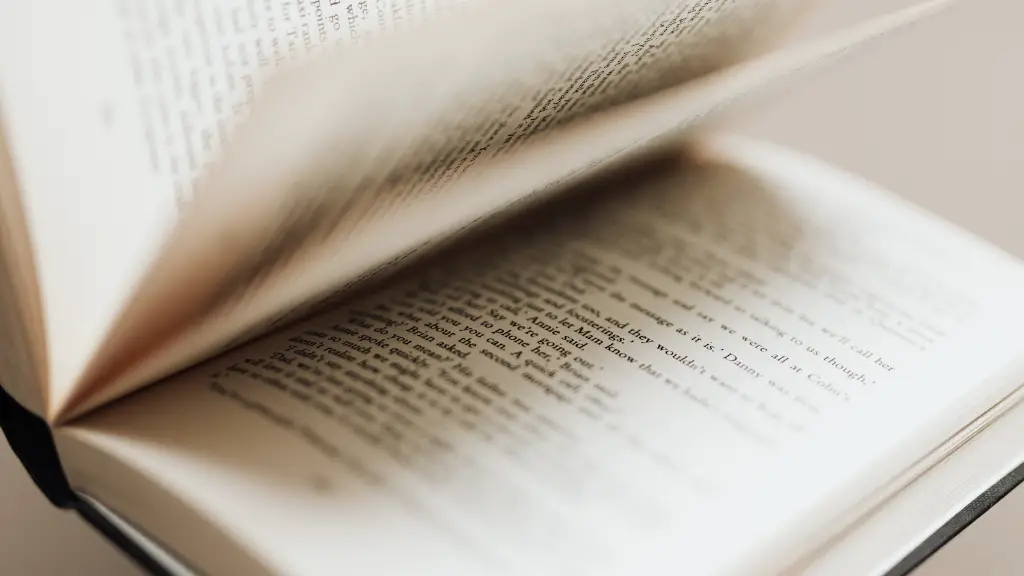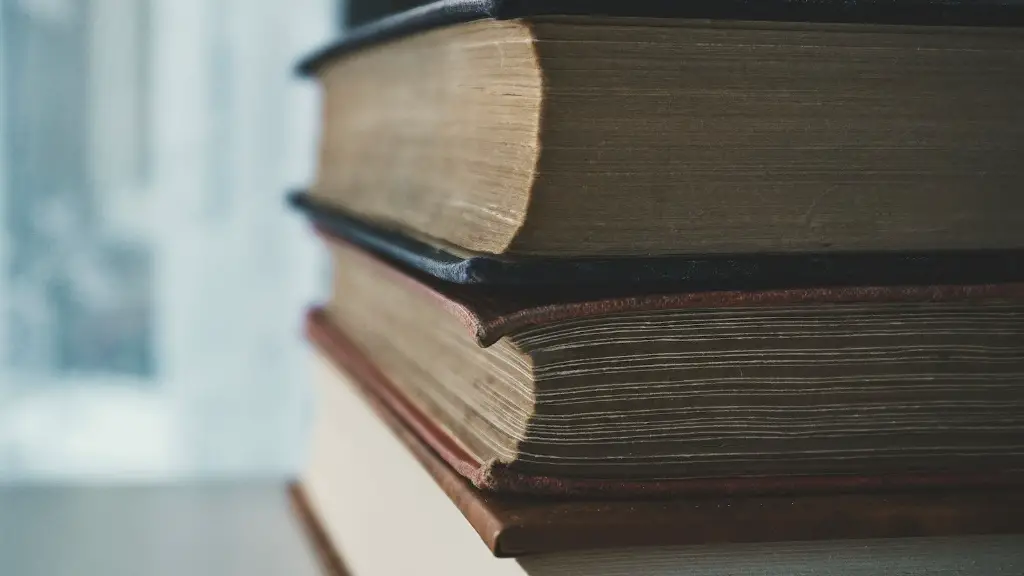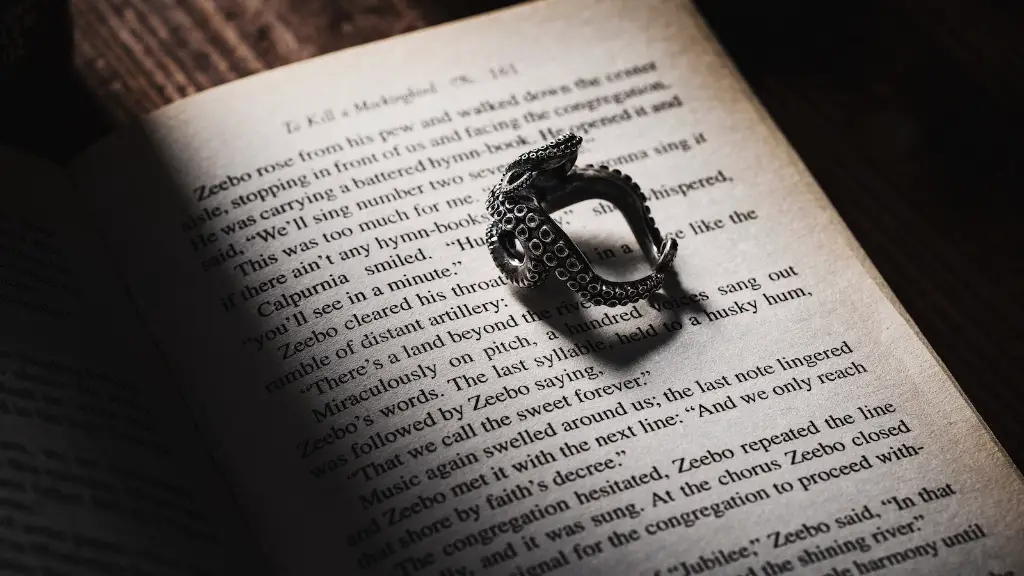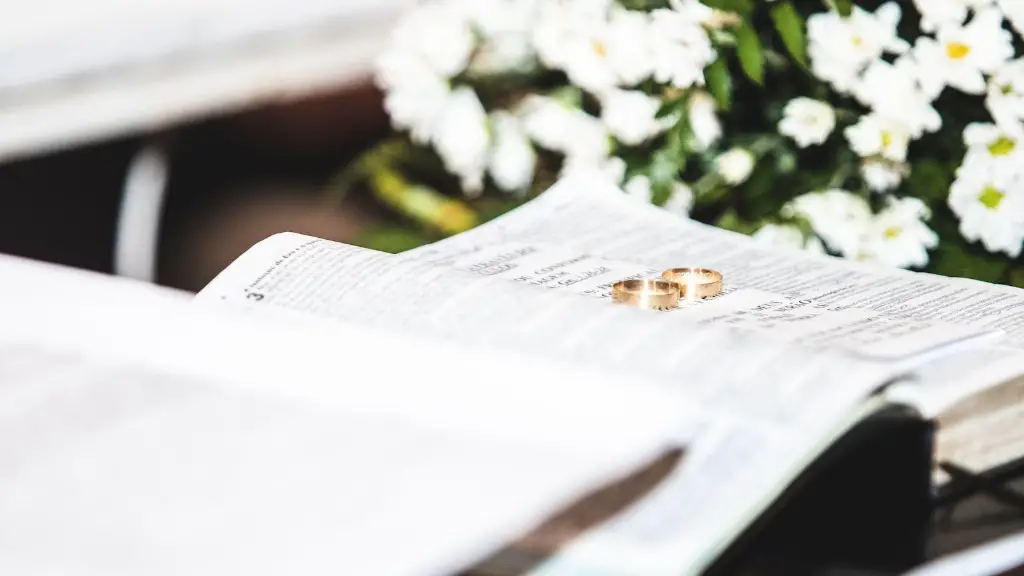What is a Poem?
A poem is a special type of piece of writing that is connected to literature. It is a creative, emotive expression that takes a variety of forms including a verse, prose, and sometimes rhyme. Poems often take the form of stories or parables written in a concise manner. These stories can be in various lengths such as short verses, sonnets, and even epic poems. In its essence, poetry is a type of artistic expression of “seeded thoughts” in an elusive, yet highly symbolic and often magical way.
The Meaning of Poetry
At its best, poetry can communicate in far fewer words than it would normally take to communicate the same ideas in prose. It also offers insight into some of the most difficult aspects of life. For example, it can be an articulation of the human experience that reflects the writer’s innermost thoughts, feelings and emotions. Poems, like other artwork, are the poet’s attempt to capture and preserve a piece of their own, or someone else’s, experience.
The Significance of Poetry
The beauty of poetry, and the reason it is so central to literature, is that it is the expression of emotions that are typically hard to express in mere words. A poem can effectively convey a state of being, or of having been, that is hard to put into words. It allows for an honest expression of things that we often don’t think about, but still feel. Poetry is also significant because it can make people think, emote, and react in ways that other forms of writing cannot.
Historical Background
The history of poetry goes back to centuries. It is believed to have originated in Ancient Greece and was known as one of the earliest forms of literature. It took the forms of hymns and paeans, stories and narratives, elegies and laments. Since then, poetry has evolved into a diverse and multifaceted art form, and its presence has been seen all over the world, in different cultures and languages.
Types of Poetry
Given its long history, there are now a variety of different types of poetry. Poetry can be divided into two main categories: lyrical and narrative. Lyrical poetry, which is the more popular form, is often shorter in length and focuses on conveying the emotions of the poet. Examples of lyrical poetry include sonnets, haikus, and ballads. Narrative poetry, on the other hand, is usually longer in length and focuses more on telling a story. Examples of narrative poetry include epics, epigrams and elegies.
Definition of Metaphors and Similes
Poets use metaphors and similes to convey meaning in creative ways. Metaphors are comparisons made between unlike things. For example, a poet might compare someone’s experience to a “turbulent sea” in order to emphasize the struggle. Similes are similar to metaphors, but they involve explicitly comparing two things using the words “like” or “as”. They can be used to draw attention to similarities between two things without creating a direct identification of them.
The Role of Rhyme and Rhythm
Rhyme and rhythm are two key elements of poetry. Rhyme is a repetition of certain sounds at the ends of words, often to create a certain effect. Rhythm is the way that a poem is structured and arranged to emphasize certain elements. They are both powerful tools for a poet, allowing them to make their writing more dynamic, expressive, and meaningful.
The Influence of Sound
In addition to rhyme and rhythm, sound also plays an important role in poetry. Poets tend to focus on the sound of their words as they are spoken or read aloud. Each word has a certain sound and connotation, and by carefully considering this, poets can evoke certain emotional responses from readers. By carefully choosing words and playing with their structure, poets can convey difficult concepts in ways that are easier for readers to understand.
Poetry in the Digital Age
The digital age has allowed poetry to reach a wider audience than ever before. Poets can now share their work on social media and other platforms, as well as submit their work to digital poetry magazines. Additionally, with access to powerful publishing software, poets can easily publish and distribute their own poetry. These tools have made it easier than ever for poets to reach readers all around the world.
The Role of Poets
In addition to writing and publishing poetry, poets play an important role in our society. They challenge the status quo, create unique perspectives, and encourage people to think outside of the box. They inspire and motivate us, often leading us to a deeper understanding of ourselves and the world around us. In this way, they can be a powerful force for positive change in our society.
The Power of Fiction
One of the most powerful aspects of poetry is its ability to tell stories and create visual images. By using words to paint vivid pictures of characters, plot, and setting, poets are able to bring their stories to life. Combined with its use of rhyme, meter, and sound, poetry can take readers to a whole new realm of imagination.
The Educational Benefits of Poetry
Lastly, poetry can play a beneficial role in education. It can be used to teach students about language, literature, and the different forms of writing. Poetry can also help teach students the importance of the creative process, allowing them to explore their imaginations and express their thoughts in ways that will stay with them for a lifetime.
The Role of Performance
Poetry can also be expressed through performance. Performance poets, or “slam poets,” add an important dynamic to the literature. They perform their original works as well as those of other poets in order to share stories, express emotions, and create a powerful visual image. This performance art can be a great way to affect people and communicate ideas that may be hard to put into words.
The Social Benefits of Poetry
Poetry can also be a powerful tool for social change and political resistance. Poets throughout history have used their words to criticize and challenge injustice. For example, Sylvia Plath’s “The Bell Jar” and Maya Angelou’s “I Know Why The Caged Bird Sings” were both politically charged works of poetry that were instrumental in changing the public’s perception of key social issues.
How to Appreciate Poetry
For those who are new to poetry, the best way to appreciate it is to read it slowly, savoring each word. By taking the time to analyze the structure, rhyme, and rhythm of a poem, readers can begin to appreciate the power of the words and the story they are trying to tell. Additionally, reading a variety of different types of poetry can help readers gain a better understanding of the genre as a whole.
In Conclusion
Poetry is an art form that has been around millenniums, and its power continues to endure. It has the power to evoke emotion, transmit messages, and tell stories that are hard to express. Poetry can be a great way to find comfort, express oneself, and even to challenge the status quo. By approaching it with an open mind and an appreciation for its nuances and complexities, readers can gain a deeper understanding of this timeless art form.




